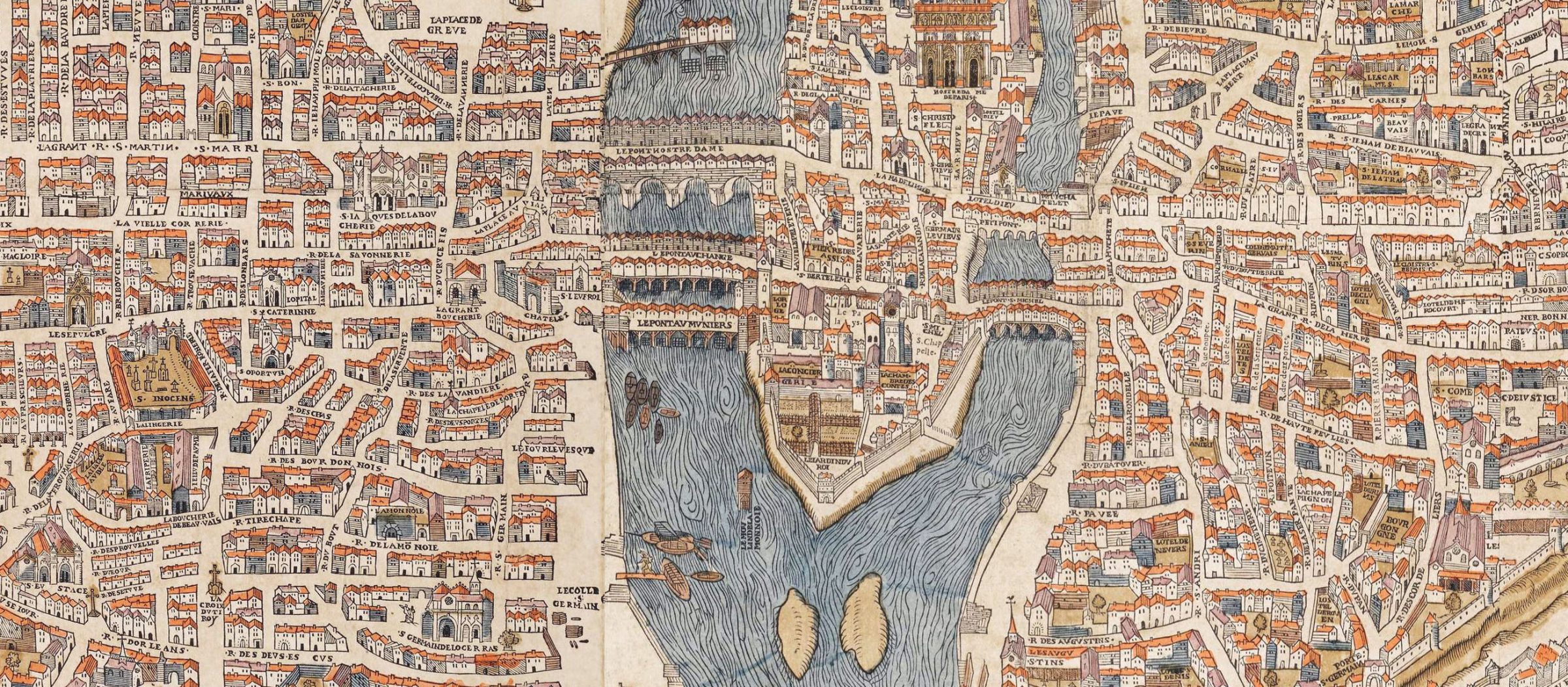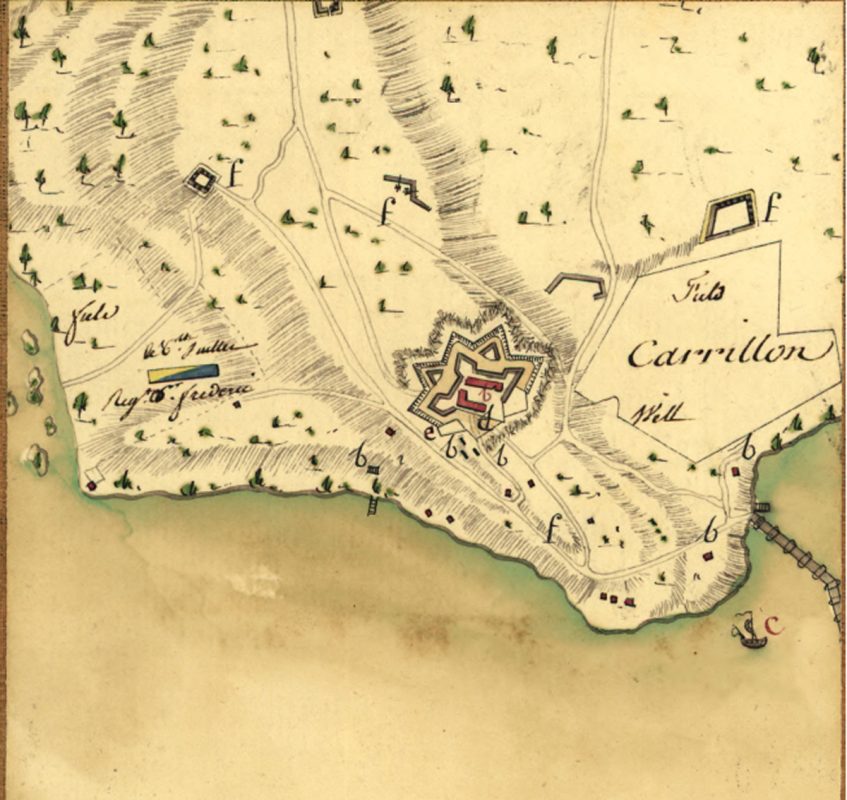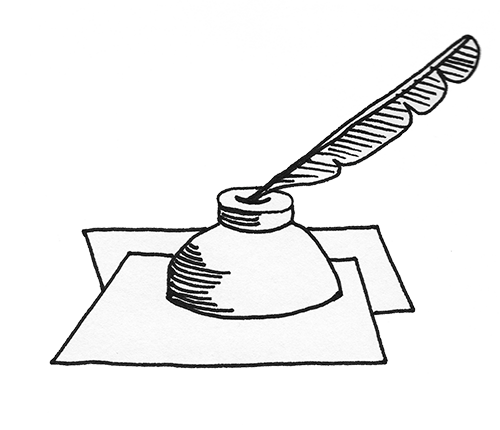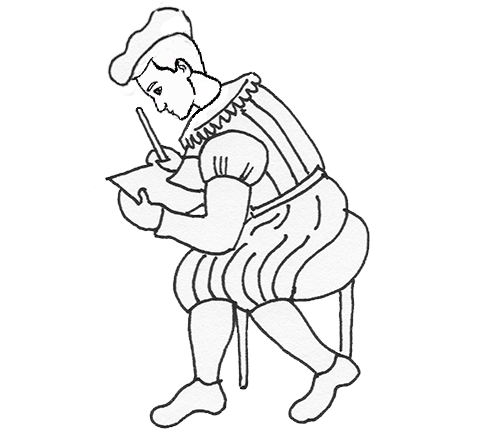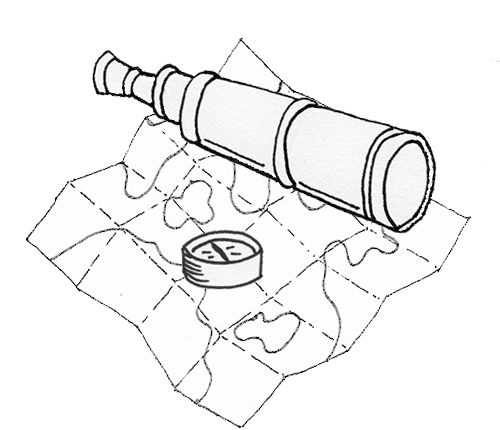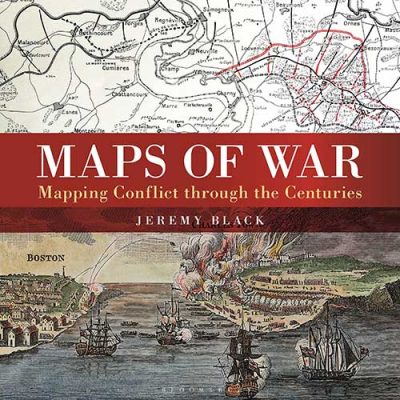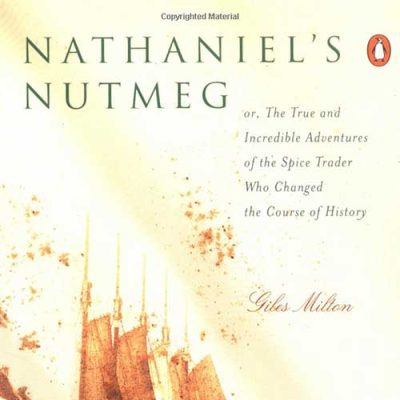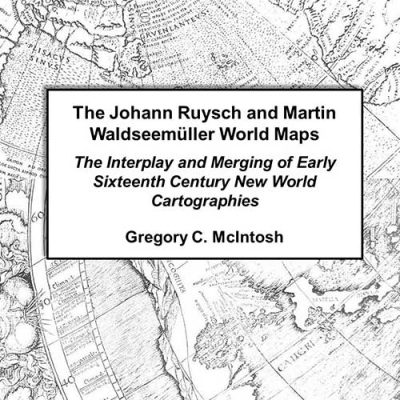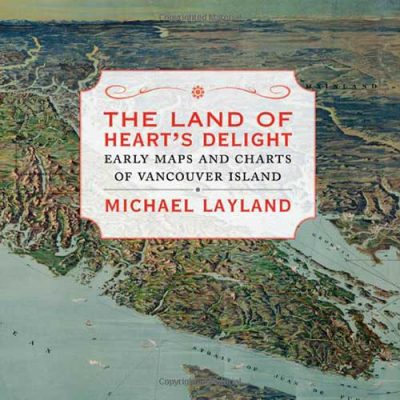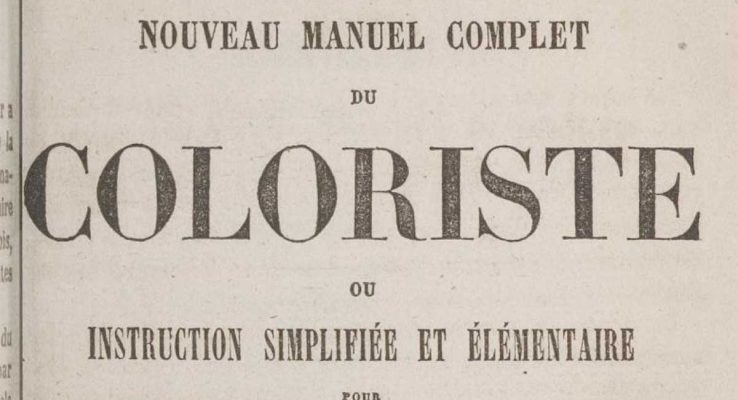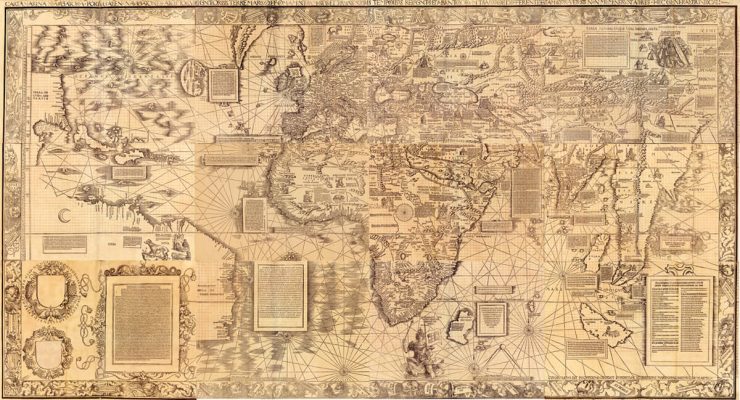a passion for the art of mapmaking
If you are passionate, just like I am, about the aesthetics of XVI-XVIII century maps, during this crucial transition period between so-called “artistic” manuscript maps and printed maps, you will find here the results of my research.
Research what has been written and published on:
- Mineral and organic colors and pigments
- Printing techniques: printmaking and engraving, etc.
- Illustrations and symbols
- Perspectives used
- Maps roles and functions: cadastres and litigation, military maps, nautical maps, maps of explorers’ discoveries, city plans, fortifications plans
- Famous maps and cartographers
- Publications, books, articles, videos, and exhibitions on the art in maps
You will also find information on the explorers of that period and their journeys, on maritime fortifications and their architects, and the development of colonies by Europeans, as all this played an essential role in the production of maps at that time.
Aren’t maps the best testimony to these human adventures?
Cartography is a science, but it is also an art, and in the 17th and 18th centuries, many artists created maps; it is up to us to discover, explore and admire them.



